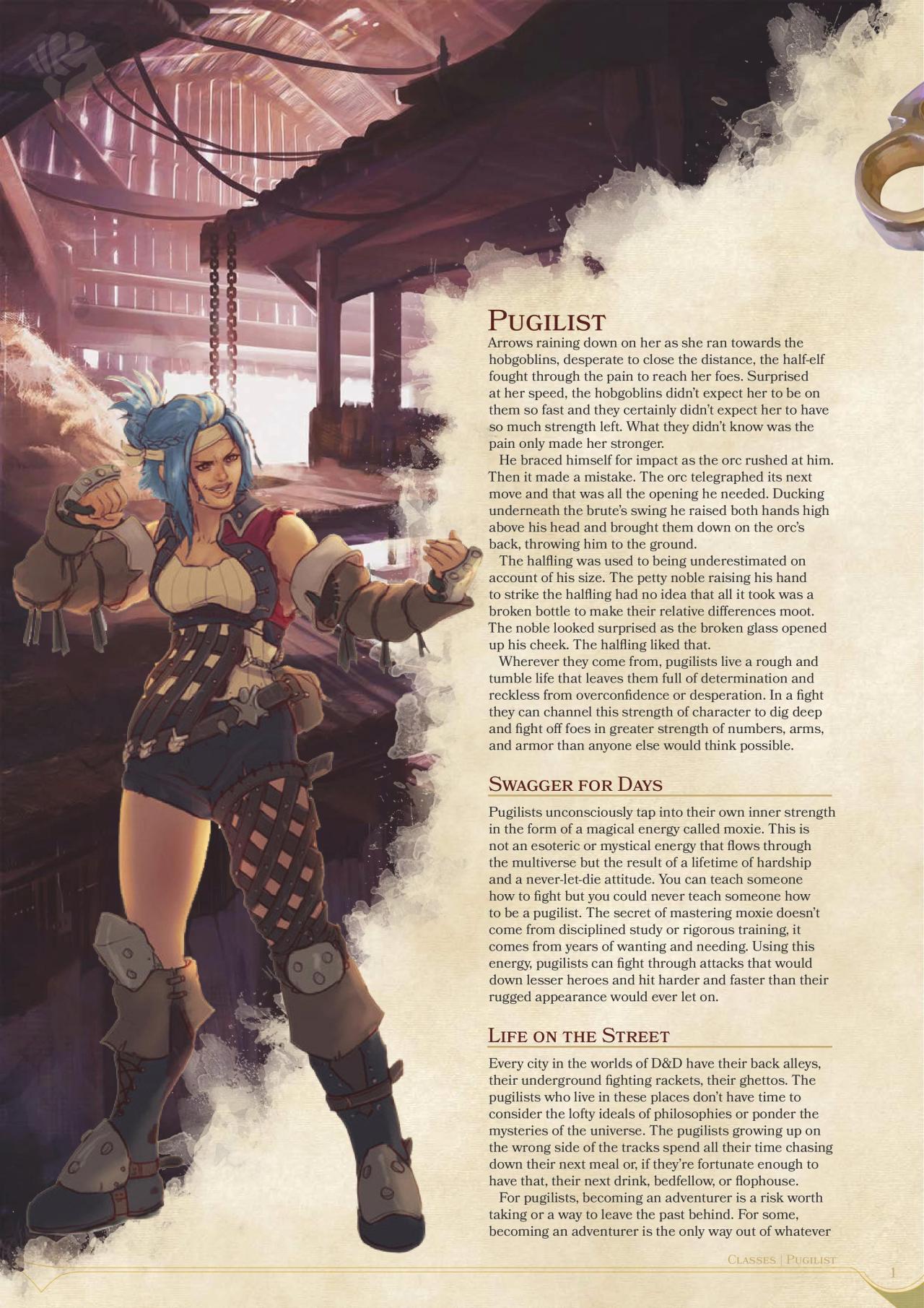

Many DMs may already have had a bad experience with an over-powered Homebrew class, perhaps souring them to the concept altogether. A good Homebrew class must fill a gap that exists in the system, allowing players to follow an archetype that was either previously unavailable, or disappointingly narrow.ĭigging through the mountain of fan-inserts and poorly-balanced jacks-of-all-trades to find the well-crafted Homebrews out there can be a real challenge.

While the great majority of these player-designed classes are often poorly balanced, or try to do too much, there are some gems hidden among them. Despite this though, the game is yet to reach the scale of its direct predecessor, Fourth Edition, but this isn't necessarily a bad thing, as a more focused game is easier for new players to pick up. However, some players moving onto Dungeons and Dragons' Fifth Edition from older systems may find the lack of options a little stifling.įortunately, just like its predecessors, Fifth Edition boasts an active and enthusiastic Homebrew community. Over the last five years, a steady stream of new books and updates have added depth to its character options. If your game needs a little more magic and a lot of camp and you’re looking to have more fun at the table, give this college a try.P> Dungeons and Dragons Fifth Edition, the most recent incarnation of the genre-defining tabletop RPG, was first released back in 2014. Is your bard brimming with charisma and looking to specialize in fierce and fabulous in a way that just isn’t available to you in the standard bard colleges? Well, I may have just the homebrew subclass for you. Your character could have a magical animal companion and guide, a sparkly transformation sequence (that gives you armor boosts), thirteen bespoke spells, and the themed wands of your dreams. I’ve seen a few options for making your average magical girl within D&D, and there is no wrong way to enjoy your TTRPGs, but the Magic Moon Sorcerer is my personal favorite. What if instead you could actually dig up dinosaur bones… and resurrect them?! This homebrew class lets you pick from the Plunderer, Lore Master, or “dead raising Paleontologist” specializations for a combination of scholar, explorer, fighter, and maybe a touch of necromancy. ArchaeologistĪrchaeologist is a background that you can pick for your character currently in 5E, but it hasn’t added much to my character personally besides a half-decent argument for advantage on a few rolls. Princess varieties include Fairy Tale, Warrior, and Noble and, honestly, all make me wish I’d known about this homebrew before I’d made any of my last three D&D characters. Combining the musically powered, animal befriending charm you would expect of a Disney princess, and the diplomacy and leadership of Leia (also technically a Disney princess), this class allows for you to make a character with poise and elegance and who definitely doesn’t need to be rescued. PrincessĬreated by Reddit user impersonater, the Princess class is a little different from any I’ve seen before. If you’re looking to bring a little something special to your campaign, these classes and subclasses might just hit the bulls-eye. Sure, the book’s guidelines are wonderful and they’re there for a reason, but house rules and specialty characters, weapons, and locations always make the game feel more fleshed out and unique.

I love a well-implemented homebrew element in my tabletop games. But don’t you sometimes wish you could play something a little more out there? The standard D&D classes are fine I’d even call them great.


 0 kommentar(er)
0 kommentar(er)
